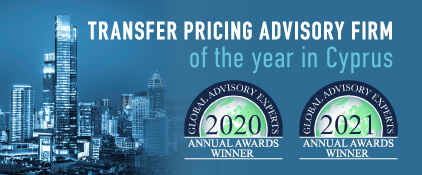Amendments in the CY IP Box Regime
The House of Representatives voted amendments to the income tax law provisions for the taxation of the income derived from the exploitation or sale of intangible assets. The amendments were voted to bring the legislation in line with the provisions of OECD and EU rules on the subject.
The amendments include transitional provisions for assets qualified as intangible assets under previous legislation. The transitional provisions enable the owners of the assets (acquired or developed up to 30 June 2016) to claim the benefits under the old regime until 30 June 2021.
The main terms of the law the new IP Box Regime are as follows:
a) Defines the qualifying intangible assets that are covered by the new IP regime. Business names (including brands), trademarks, image rights, and other intellectual property rights used to market products are NOT considered as qualifying intangible assets
b) Defines overall income arising from a qualifying intangible asset.
Overall income means the gross income accrued within a tax year less the direct costs for generating such income. Income includes:
• Royalties or other amounts in connection of the use of the asset
• Capital gains or other income from sale
• Embedded income of the asset arising from the sale of products or by using procedures that are directly related to the asset
c) Direct costs.
The direct costs for generating income include
a. All direct and indirect costs in earning the income plus
b. The amortization of the intangible plus
c. Notional interest on equity contributed to finance the development of the intangible
d) Qualifying expenditure
Is the total research and development costs incurred in any tax year wholly and exclusively for the development, improvement or creation of qualifying intangible asset and which costs are directly related to the asset. Includes direct costs as above, wages and salaries, costs relating to research and development paid to third parties. Does not include acquisition cost of the intangible, interest paid or fees paid to related parties for R&D activities.
e) Qualifying income
Means the proportion of the overall income corresponding to the fraction of: i)the qualifying expenditure + ii)the uplift expenditure divided by the total expenditure incurred for the qualifying intangible assets
f) Calculation of taxable income
a. Calculation of the uplift expenditure. An uplift expenditure will be added to the qualifying expenditure which will be the lower of
i. 30% of the acquisition costs or
ii. The total amount of cost of the acquisition and outsourcing to related parties for research and development in relation to the asset
b. Calculation of qualified income
c. 80% of the qualified income will be treated as a deductible expense
d. In case of a resulting loss only 20% of the loss can be surrendered to other group companies or to be carried forward in subsequent years.
The content of this article is intended to provide a general guide to the subject matter. Specialist advice should be sought about your specific circumstances.
Our tax specialists are at your disposal should you require any further information or clarifications.

